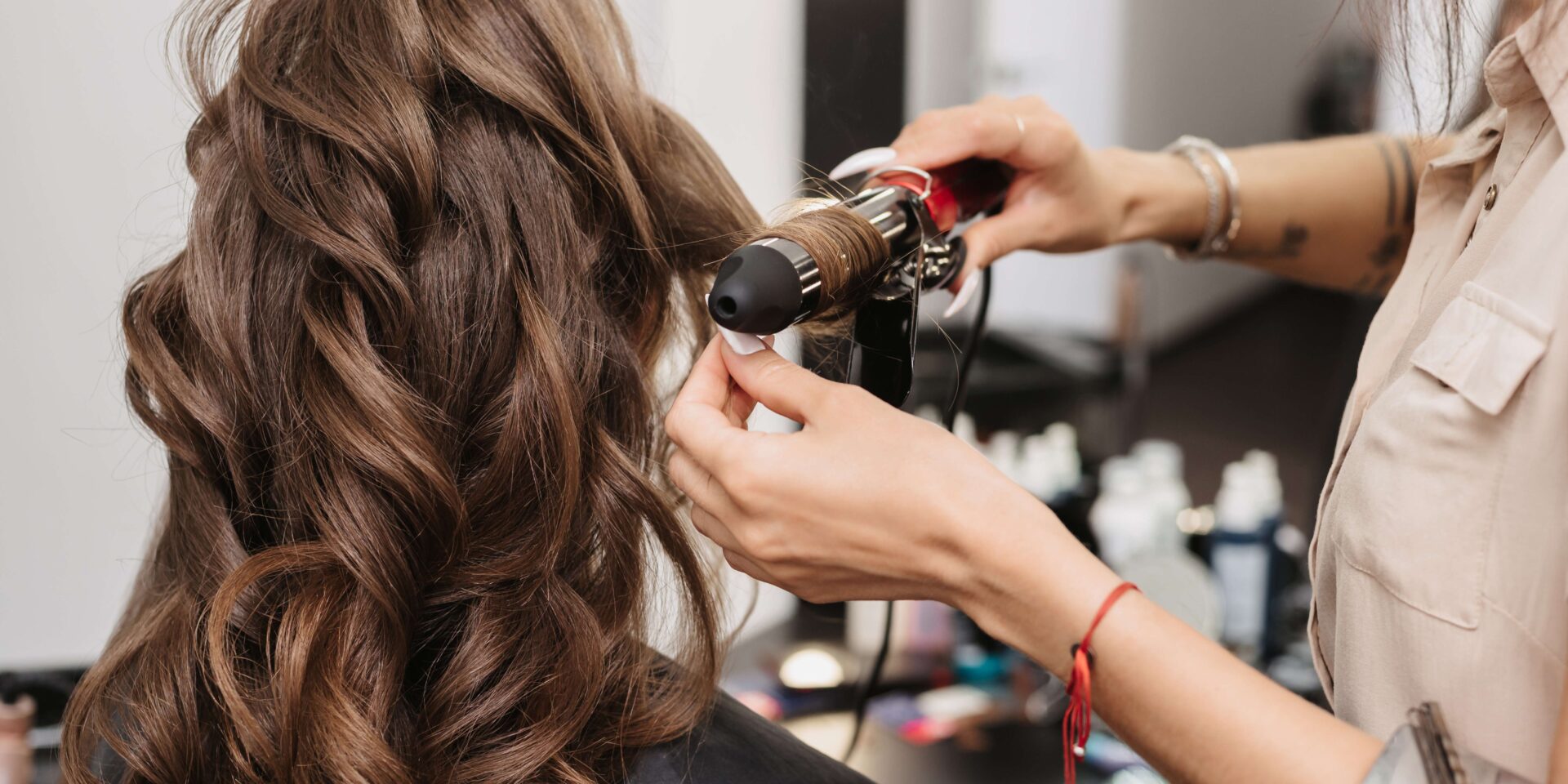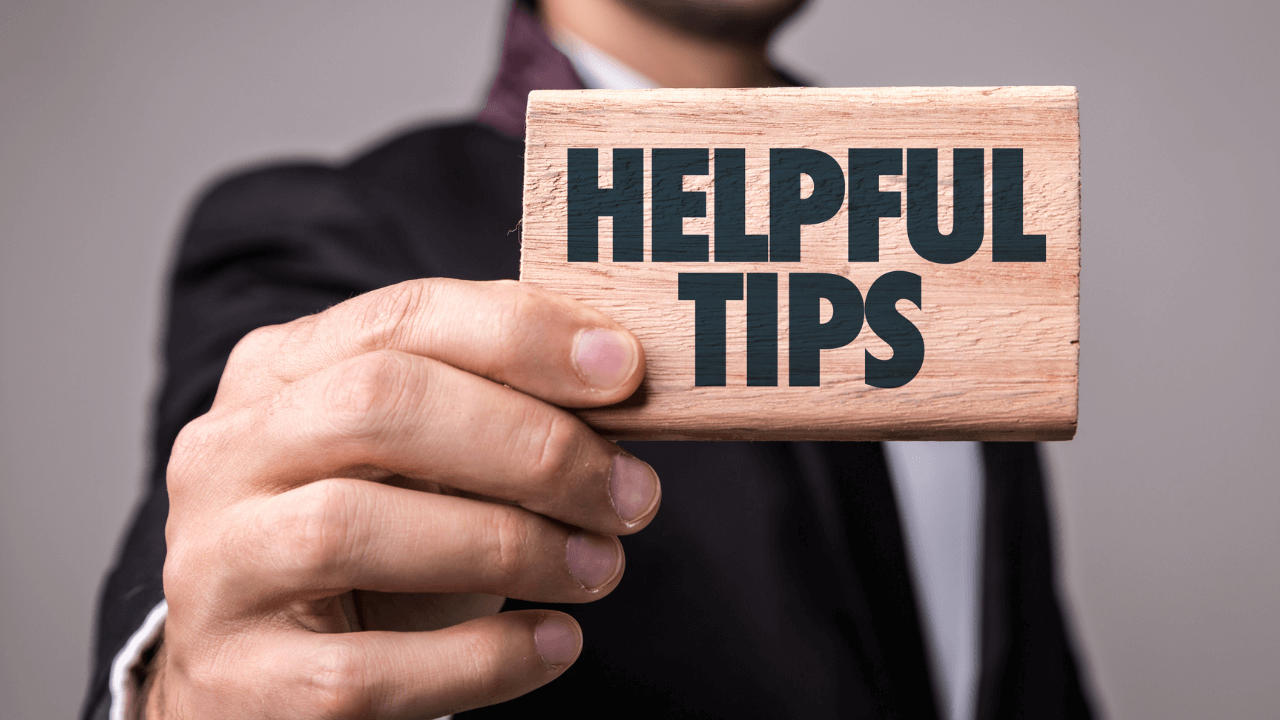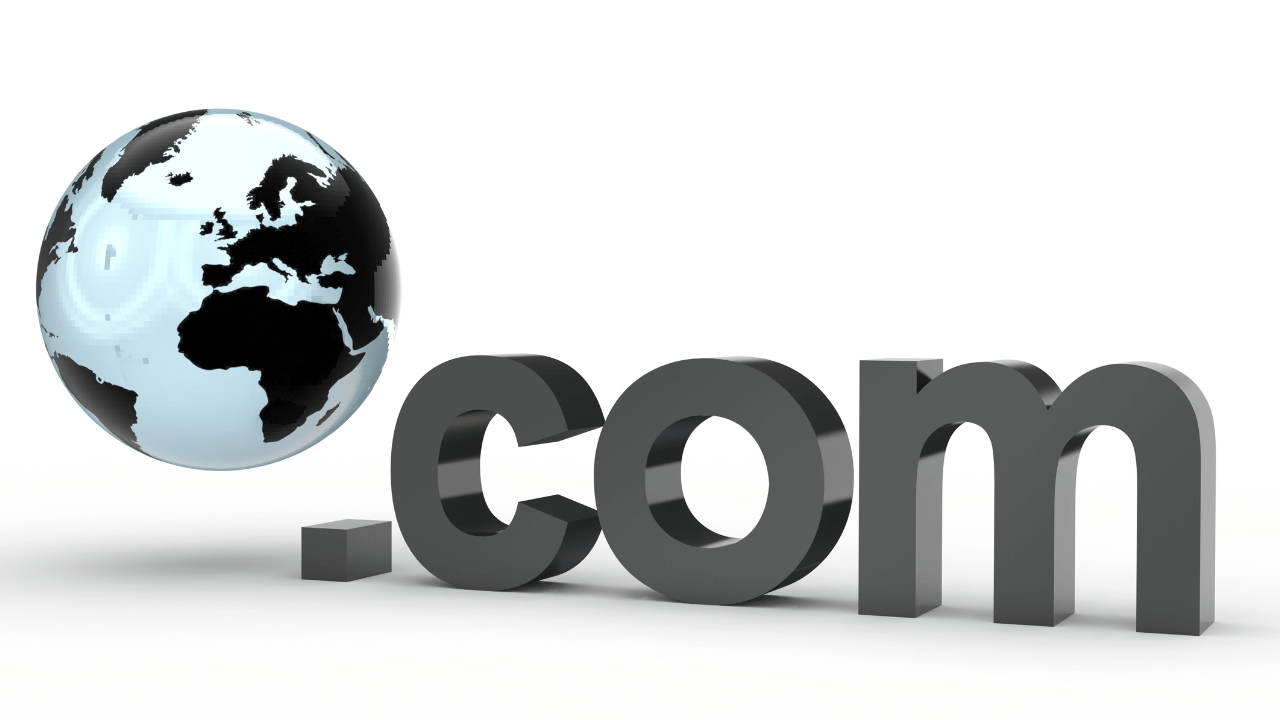Language:
Hair Stylist Tax Deduction Checklist: Claim Every Penny

Expenses can add up fast when you’re running a hair styling business. But as a money-conscious business owner, you may be aware of the benefits when it comes to running your own business. One of them is writing off certain expenses that are used for your business.
So, if you’re wondering what you can deduct from your taxes for your hair stylist business, read on for our ultimate hair stylist tax deduction checklist.
Hair Stylist Tax Deduction Checklist
As we delve into this comprehensive checklist, you’ll discover various ways to maximize your tax savings and enhance your business’s profitability. Let’s explore each of these deductions in detail to ensure you’re not missing out on any valuable opportunities.
Mileage
If you travel for your hair styling business, whether it’s for sourcing supplies or visiting clients, you can deduct the cost of mileage. The IRS allows a standard mileage rate deduction, which simplifies calculating the costs associated with your business travel. Remember to keep a detailed log of your travel distances to support your claims.
Home Office
Deducting home office expenses is possible if you use part of your home exclusively for your hair styling business. This includes a portion of rent or mortgage, utilities, and insurance. Calculate the percentage of your home’s total area used for business to determine the deductible amount.
Tools and Supplies
As a hair stylist, you can deduct the cost of tools and supplies necessary for your work, such as scissors, hair dryers, shampoos, and conditioners. Keep receipts and records of all purchases as they form the basis of your deduction. Regular replenishment or maintenance of these tools and supplies also counts towards your deductions.
Cell Phone Bills
If you use your cell phone for business purposes, such as client communication or managing appointments, a portion of your phone bill can be deductible. The key is to distinguish and document the percentage of phone usage that is business-related as opposed to personal.
Professional Development
Investing in your skills through courses, workshops, or attending industry events qualifies for deductions. This includes the cost of tuition, travel expenses to attend these events, and any materials purchased for these purposes.
Advertising
Expenses incurred in promoting your hair styling business, including digital advertising, print media, and business cards, are fully deductible. This includes costs associated with maintaining a business website or social media marketing.
Other Expenses
Laundry and Cleaning
Expenses related to the cleaning and maintenance of your work attire, including aprons and uniforms. This covers both professional laundry services and home laundering costs.
Rent for Salon Space
If you rent a chair or space in a salon, it is deductible. Keep a record of your rental agreements and receipts.
Utilities for Business Use
Utilities used in your business space, such as electricity, water, and gas. If your business is run from home, calculate the percentage of these utilities used specifically for business.
Insurance Premiums
Premiums for business insurance, including liability and property coverage. If you have a home office, a portion of your homeowner’s or renter’s insurance may also qualify.
Health Insurance Premiums
As a self-employed individual, you can deduct premiums paid for medical, dental, and qualifying long-term care insurance for yourself, your spouse, and dependents.
Business Licenses and Permits
Any fees associated with maintaining state licenses, permits, or certifications necessary for operating your hair styling business.
Bank Fees
Business-related bank fees, including charges for business checking accounts and transaction fees.
Client Refreshments
The cost of beverages or snacks provided to clients as part of their salon experience.
Subscription Services
Subscriptions to industry magazines, online resources, and other publications related to hair styling and fashion.
Website and Online Marketing
Costs associated with maintaining a business website, including hosting fees, domain registration, and online marketing tools.
Additional Expenses
- Client Gifts: Deductible up to $25 per client per year.
- Salon Decor and Maintenance: Expenses for decorating or maintaining a welcoming salon environment.
- Payment Processing Fees: Fees for credit card processing and other payment services.
- Trade Show Participation: Costs for attending or participating in industry trade shows, including booth rental and travel expenses.
Expenses You Can’t Deduct
Now, you may be thinking, that’s a lot of things I can deduct, but there’s still a lot of other things I pay for, can I deduct those too? In a perfect world, yes, however, there are some limits to what you can consider a deduction for your hairstyle business.
Personal Grooming
While it might seem relevant, personal grooming costs, including your own haircuts, manicures, or skincare, are not deductible. These are considered personal expenses, even if maintaining a professional appearance is important for your business.
Commuting Costs
The daily travel expenses from your home to your primary workplace, such as your salon or studio, are not deductible. These costs are considered commuting expenses, which the IRS does not classify as business-related.
Clothing Not Exclusive to Work
Regular clothing that can be worn outside of work, even if purchased specifically for work, is not deductible. Only uniforms or specialized work attire that cannot be worn for everyday purposes qualify for deductions.
Fines and Penalties
Fines and penalties paid to government agencies, including parking tickets or health code violation fines, are not deductible. These expenses are considered violations of law and are not eligible for tax relief.
Client Entertainment
Entertainment expenses, such as taking a client to lunch or dinner, are no longer deductible under current tax laws. While these activities can be beneficial for business, they are not considered necessary expenses by the IRS.
Additional Non-Deductible Expenses:
- Personal Vacations: Travel that isn’t exclusively for business purposes, even if there is some business activity involved, is not fully deductible.
- Political Contributions: Donations or contributions to political parties, campaigns, or candidates cannot be claimed as a business expense.
- Capital Investments: Costs related to capital investments or improvements to property used for personal purposes are not deductible as business expenses.
- Club Memberships: Membership dues for clubs not directly related to your business, like country clubs or sports clubs, are not deductible.
How to Prepare to File Taxes and Track Tax Deductions as a Hair Stylist?
Now that you have identified your deductions let’s go over how to file your taxes and keep track of all the expenses you plan to claim.
1. Gather All Financial Documents
Start by collecting all financial documents relevant to your business. This includes bank statements, invoices, receipts for expenses, and any records of income, like payment slips or direct deposit confirmations. Organizing these documents will give you a clear view of your annual financial activity.
2. Categorize Your Expenses
Sort your expenses into categories such as supplies, rent, utilities, and advertising. This categorization simplifies the understanding of which expenses are deductible and helps in accurately reporting them on your tax forms. Use a spreadsheet or accounting software to keep things organized.
3. Use a Mileage Log for Business Travel
If you use your vehicle for business purposes, maintain a detailed mileage log. Record the date, purpose, and distance of each trip. The IRS requires this documentation for claiming mileage deductions.
4. Review and Understand Deductible Expenses
Familiarize yourself with the types of expenses that are deductible for your profession. This includes not just the obvious ones like tools and supplies, but also less apparent costs like an internet bill if you have a home office.
5. Separate Personal and Business Finances
Ensure that your personal and business finances are kept separate. This includes having a dedicated business bank account and credit card. This separation makes it easier to track business expenses and incomes accurately.
6. Keep Accurate Records All Year Round
Maintain accurate records throughout the year, not just at tax time. Regularly updating your financial records can prevent the last-minute rush and ensure that you don’t miss any potential deductions.
7. Be Aware of Deadlines
Know the deadlines for filing taxes and make sure to prepare in advance. Missing deadlines can result in penalties and added stress. Mark these dates on your calendar as a reminder.
8. Consider Professional Help
If tax preparation seems overwhelming, consider seeking help from a tax professional. They can provide guidance specific to your business and ensure you’re taking advantage of all possible deductions.
9. Stay Informed About Tax Law Changes
Tax laws can change, and staying informed about these changes is crucial. These changes can affect your deductions and how you prepare your taxes, so keeping up-to-date can have a significant impact on your tax responsibilities.
How to Claim Deductions on Your Taxes as a Hair Stylist?
When it comes to claiming deductions while filing taxes as a hair stylist, there are several key considerations to ensure you maximize your benefits and adhere to tax regulations:
- Begin by thoroughly identifying all the deductible expenses related to your hair styling business, such as costs for tools, supplies, mileage, home office, professional development, and advertising.
- Keep meticulous and organized records of all business-related expenses, including receipts, invoices, bank statements, and detailed logs, especially for mileage claims.
- Use the appropriate tax forms for your specific business structure, like Schedule C for sole proprietors, to accurately report your income and expenses.
- For home office deductions, choose between the standard method, based on actual expenses, or the simplified method, which uses a standard rate per square foot of office space.
- Deduct vehicle expenses by selecting either the standard mileage rate method or the actual expenses method, keeping in mind that only business-related travel is deductible.
- If you have made significant equipment purchases, consider claiming depreciation to distribute the cost over several years, providing a tax advantage.
- Carefully review all your deductions for accuracy and completeness to ensure you’re not missing out on any eligible deductions and that all claims are well-documented.
- In cases of complex deductions or if there have been significant changes in your business, seeking advice from a tax professional can be beneficial for accurate filing and maximizing deductions.
Final Thoughts: Maximizing Your Tax Deductions as a Hair Stylist
The tools you invest in for your hairdressing business are important to be able to offer your customers high-quality services. But to grow your business and maintain your quality, you need to make new purchases regularly.
Fortunately, you can deduct many of these expenses from your tax bill. By following the tips in this article, you can ensure that your finances are well organized and that you have full control over them.
Still need help with your taxes and are confused about the deduction process? Contact doola! We, at doola, provide a comprehensive bookkeeping service for your tax filing needs. Whether you need an accountant or comprehensive tax return software, we got you covered. Get in touch today for more information!
FAQs
Are hair stylists eligible for tax deductions?
Yes, hair stylists are eligible for several tax deductions. These deductions can include expenses related to their business, such as the cost of supplies, tools, equipment, home office expenses, mileage for business travel, and educational expenses for professional development.
What records should I keep to support my tax deductions as a hairstylist?
Hair stylists should keep detailed records of all business-related expenses. This includes receipts for supplies and tools purchased, mileage logs for business travel, bank statements, invoices, and any other documentation that supports the expenses claimed.
How do tax deductions for hair stylists affect their overall taxes owed?
Tax deductions lower the taxable income for hair stylists. By deducting legitimate business expenses, a hair stylist reduces their net income, which in turn decreases the amount of tax owed. This can lead to significant savings and reduce the overall tax burden for the stylist.
Keep reading
Start your dream business and keep it 100% compliant
Turn your dream idea into your dream business.














